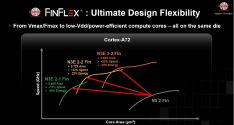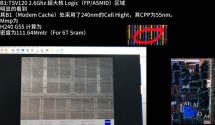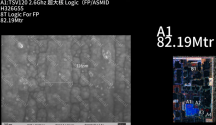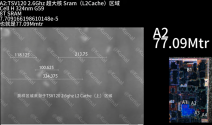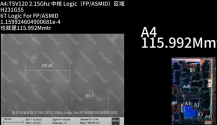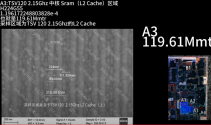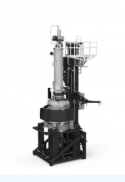Sai Microelectronics subsidiary established a semiconductor company in Huzhou with a registered capital of 100 million yuan
Tianyancha shows that Juneng Jingyuan (Huzhou) Semiconductor Materials Co., Ltd. was recently established with a registered capital of 100 million yuan and is 100% controlled by Qingdao Juneng Chuangxin Microelectronics Co., Ltd., a subsidiary of Sai Microelectronics.The business scope of Ju Energy Crystal Source includes: general projects: research and development of special electronic materials; manufacturing of special electronic materials; sales of special electronic materials; manufacturing of electronic components; wholesale of electronic components; retail of electronic components; technical services, technical development, and technical consulting , technology exchange, technology transfer, technology promotion; import and export of goods, etc.
The business scope of Qingdao Juneng Chuangxin Microelectronics Co., Ltd. is: development and design of electronic products and electronic components; technology development, technology promotion, technology transfer, technology services, technology consulting, and computer technology of radio frequency, analog digital chips, and electronic products. Software, computer system services, application software services, software development, industrial product design; data processing; sales: chips, computer software; import and export of goods and technology, etc.
Recently, Sai Microelectronics stated on the interactive platform that the company's FAB adopts a collinear production model, which can support the process development and wafer manufacturing of various types of smart sensing MEMS wafers; the company is also paying attention to many products including BAW filters. The potential market where industrial demand and domestic substitution demand are superimposed will be combined with market and customer demand to plan existing and future FAB production capacity.

